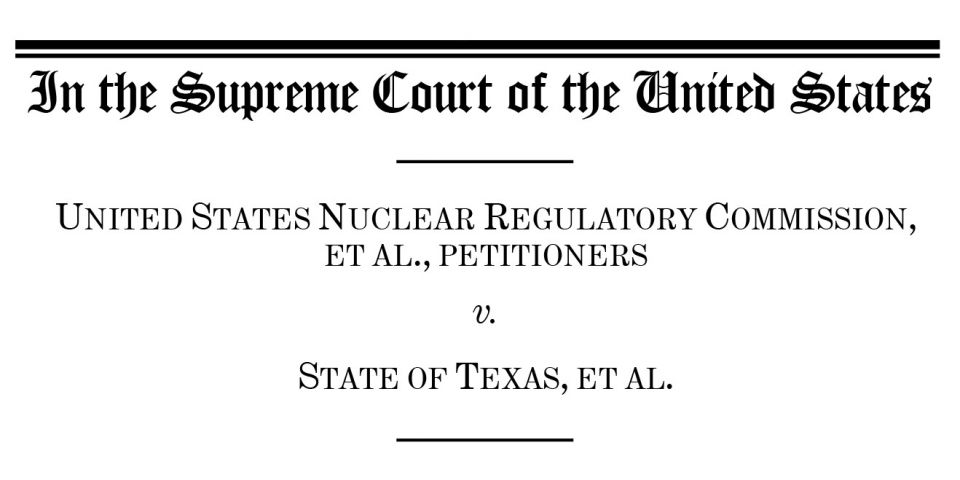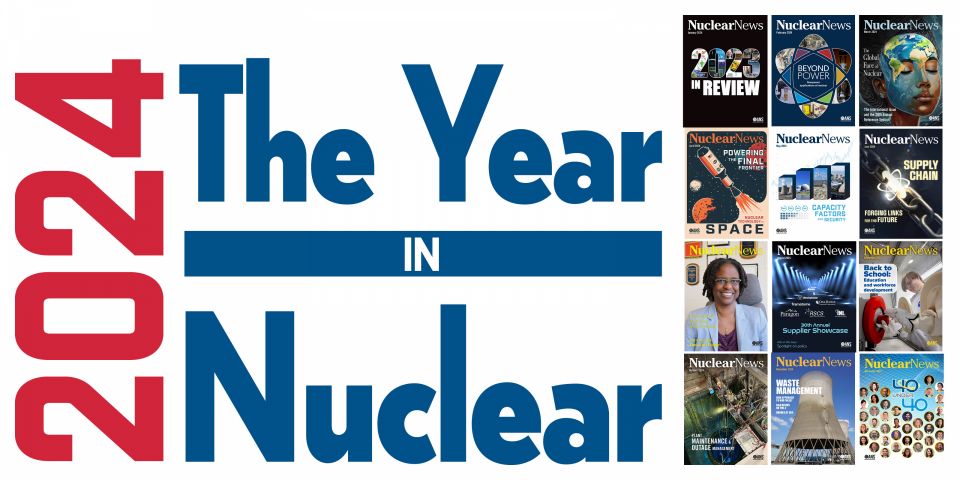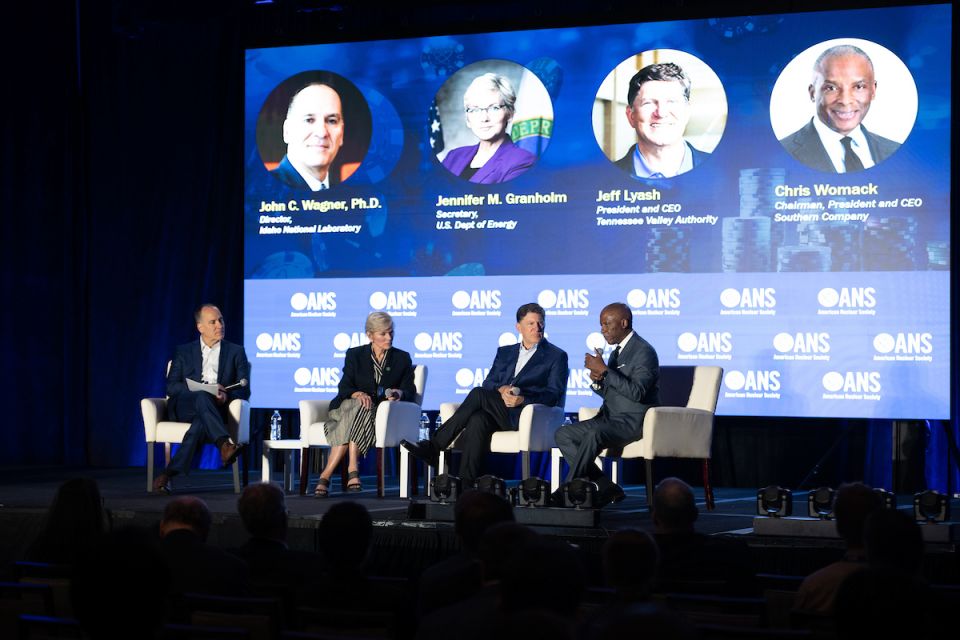“Our expert team representing every aspect of cutting-edge nuclear technology—national laboratories, universities, reactor developers, utilities, and suppliers—is getting to work on the considerable task of capturing the entire scope of U.S. nuclear R&D needs in the 2020s and presenting it in a clear, actionable form to policymakers,” said ANS Executive Director/CEO Craig Piercy.

Peters

Back
Mark Peters, director of Idaho National Laboratory, and Christina Back, vice president of technologies and materials at General Atomics, have been appointed cochairs of the task force. Under their leadership, the task force will prepare a written report to be released in January 2021 that will identify funding levels needed for “core investments” in nuclear R&D during the 2020s and will evaluate the impacts of various federal appropriations funding scenarios.
Task force members will review policy documents and reports from governmental and nongovernmental sources, including current and recent authorizing and appropriations legislation, and will collect views from individuals and organizations in the United States and in global nuclear communities.
“This is an important exercise. Our leaders need an honest assessment of the level of investment needed to successfully commercialize a new generation of advanced reactors and allow nuclear technology to make a meaningful contribution to long-term decarbonization,” Piercy said.
The report will include an analysis of three funding scenarios—moderate growth, flat funding, and reduced funding—and the potential impact of each on achieving the identified nuclear R&D objectives.










